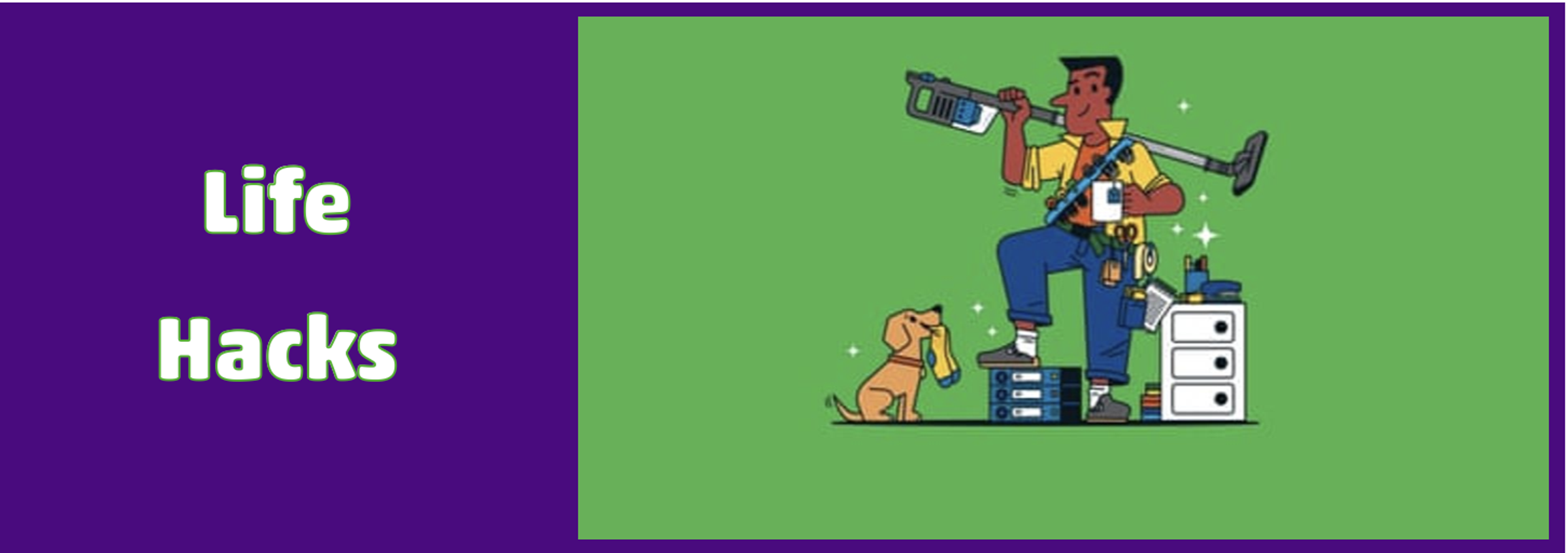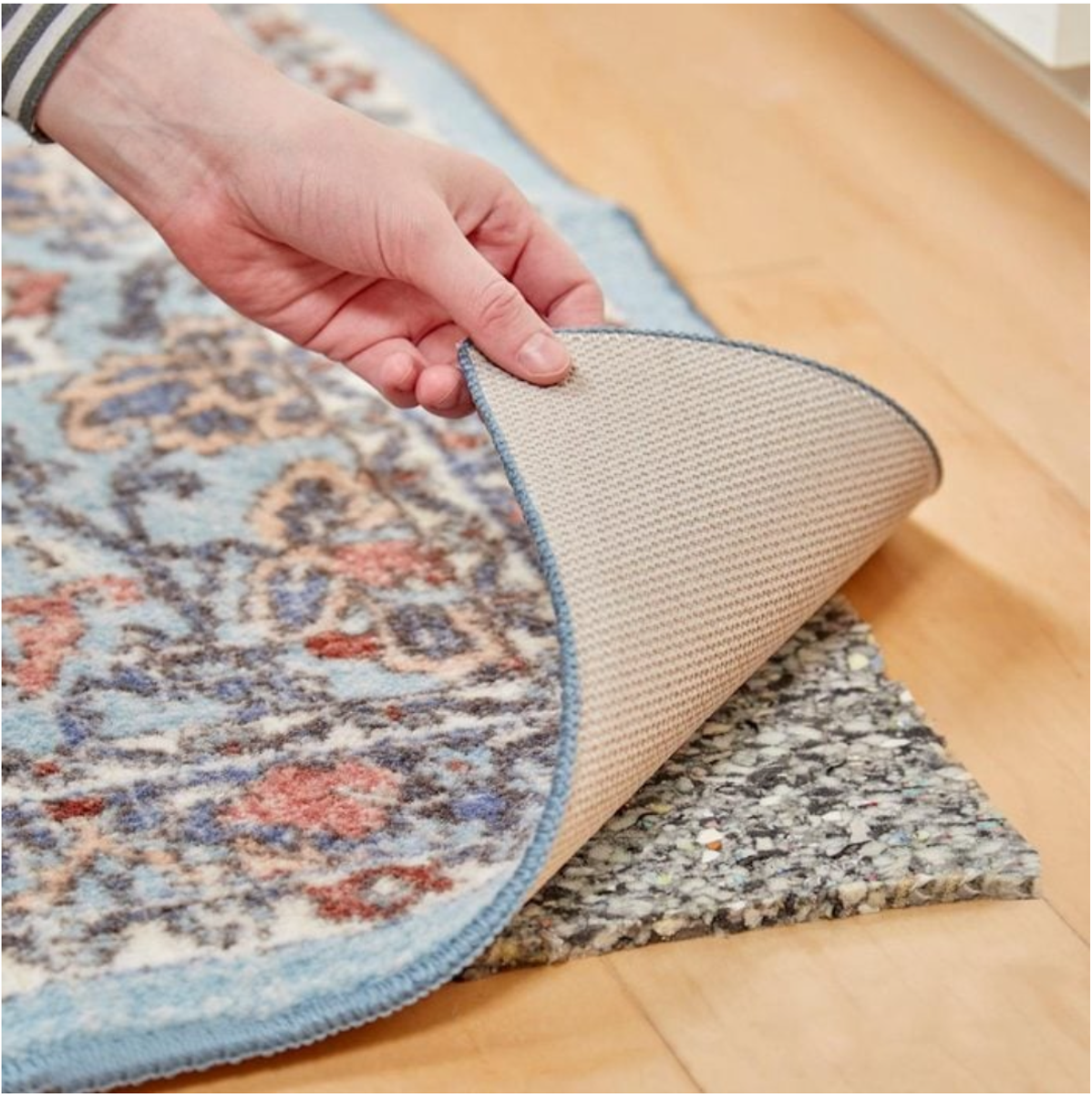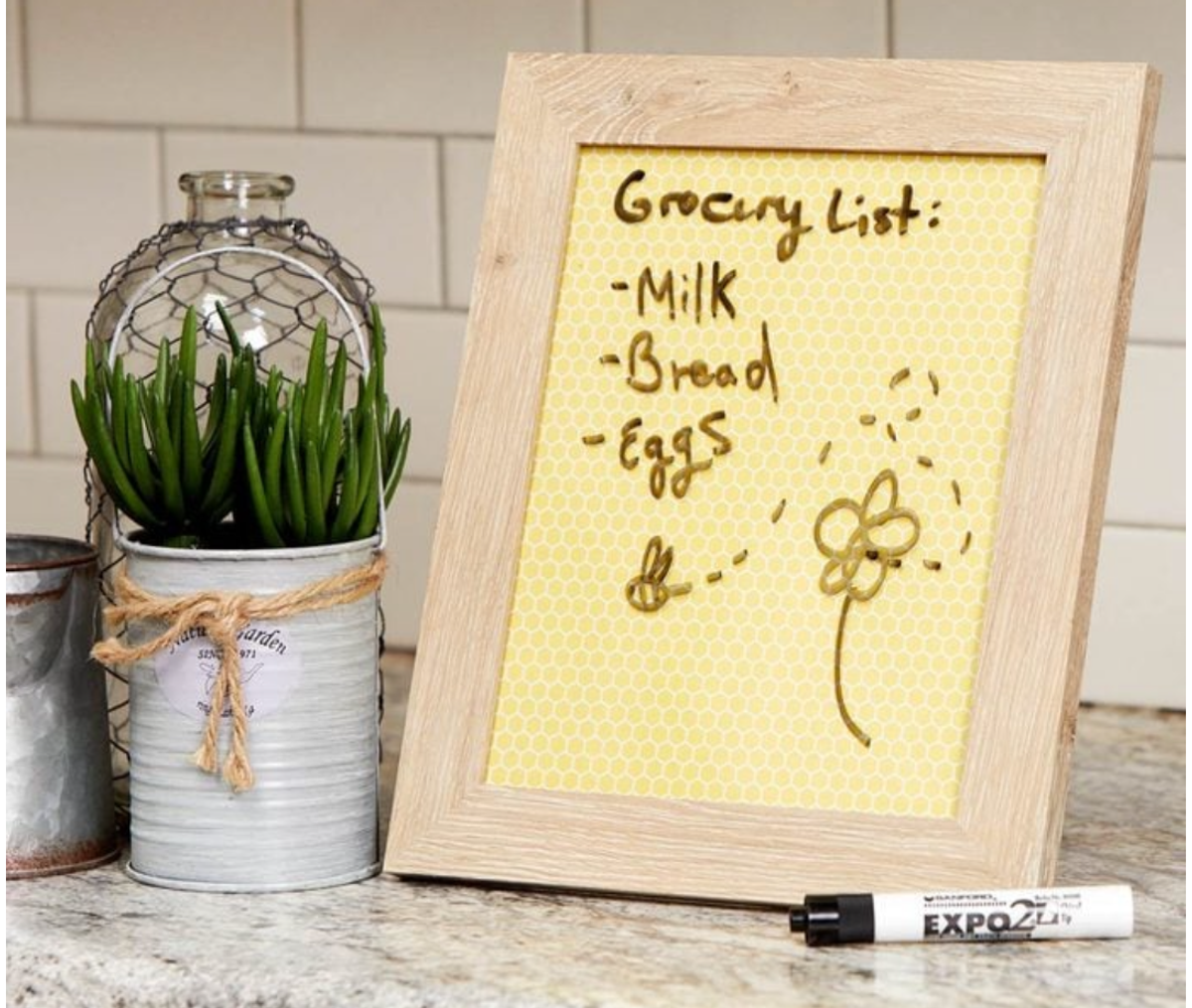Life Hacks:

Health and Wellness
You can break any bad habit in just four steps, says expert on building the life you want—here’s how:
It’s not easy to break a bad habit, but with effort and consistency, it’s not impossible to make significant changes in your life.
James Clear, author of the popular book, “Atomic Habits,” recently launched a MasterClass series that addresses how to build better habits, and inversely, how to break negative ones. Clear believes ridding yourself of negative behaviors starts by shifting your perspective on them.
“We have stories that we tell ourselves that are helpful. But also, we have stories we tell ourselves that are hurtful,” Clear says in a video about how habits can shape your identity as part of the MasterClass.
He shares a few examples of stories that you may tell yourself that are harmful:
“I have a sweet tooth.”
“I’m bad at directions.”
“I’m terrible at math.”
“I’m the type of person who never remembers people’s names.”
These stories that we tell ourselves, whatever version that they are, are they helping you or hindering you? Are they serving the type of person that you wish to become, or are they holding you back from that?
Instead, aim to reprogram your brain by attributing characteristics to yourself that you wish you had, he suggests. And move towards breaking bad habits using these four practices.
Four Steps Breaking Bad Habits, from the author of ‘Atomic Habits’
To illustrate the steps that you can take to break a bad habit, Clear approaches it through the lens of a person who is trying to quit smoking:
Make it invisible:
Limit your exposure to the behavior that you’re trying to curb. If you want to quit smoking, this could look like changing your commute to avoid where you typically buy cigarettes or not having them in your home.
Make it unattractive:
This step may take more time, but try to tell yourself that you’re not a person who participates in the behavior you want to shed. For example, no longer identify as a smoker by saying, “I’m not a smoker,” if someone offers you cigarettes, instead of “I’m trying to quit smoking.”
Make it difficult:
You can try three different approaches for this step. Eliminate the behavior “cold-turkey,” gradually reduce the action over time or replace the action with a better, healthy substitute that produces the same rewarding feeling you get from doing the bad habit.
Make it unsatisfying:
Typically, when you’ve achieved the first three steps, the action will no longer feel satisfying to you, and you’ll be in a position to break the habit officially.
These four steps can be applied to any bad habit you want to change, Clear notes in the video, including scrolling for too long on social media or eating unhealthy foods.
“What is the story that you have about who you are and why [the behavior] is part of your identity?” Clear asks during the MasterClass.
“Can you start to reframe that a little bit? Can you give yourself a different lens through which to look at the problem? And if so, you’re probably in a better position to release the desire for the habit.”
Make Any Rug Extra Comfortable
Want to make any rug feel extra plush and luxurious? Add a layer of carpet padding underneath your rug—it’s thicker and cheaper than a typical rug pad. The next time you wash that pile of dishes in the sink, your feet will thank you.
Picture Frame Message Board
I’m all for dry-erase message boards, but they’re usually pretty unattractive. So I make message boards using nice picture frames. To make these message boards, grab a picture frame and some paper. Cut the paper to fit the frame and set it in behind the glass. The glass makes an excellent dry-erase surface!


